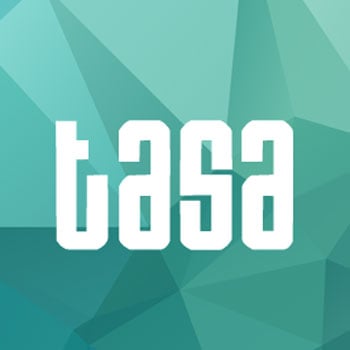Art Under Attack: The Creative Arts in U.S. Higher Education
May, 2016
Richard Lubben, TASA President Elect & CAA Education Committee Chair
With the implementation of the new Texas higher education core curriculum in the fall 2014 semester, most studio and performing art courses are no longer optionsfor many college students wishing to fulfill their undergraduate general education creative arts area. With the exception of two colleges, students in Texas public institutions are now generally required to select from a very limited list of purely lecture courses such as art appreciation, art history or music appreciation. This decision by state policy makers took most Texas college art departments by surprise when requests to include studio art courses in the general education area were denied in 2014, and again for the last two years. As Texas colleges and universities are busy preparing for continued declines in studio enrollment after new requests to include studio art courses in the 2016-17 core curriculum area were denied once again, many art faculty remain concerned about the future of the arts in U.S. colleges and universities.
After substantial discussion with art administrators and curriculum specialist in Texas over the last three years, it appears that many policy makers believe that the sole purpose of a studio art course (courses such as painting, drawing, photography, sculpture, etc.) is to train students to be practicing artists, and that students taking a studio art course will only learn "craft" techniques and technical skills. The College Art Association Education Committee and the Texas Association of Schools of Art disagree with this likely uninformed interpretation of the purpose of studio art education, and urge policy makers to understand that studio art classes should not be mistakenly perceived as the acquiring of narrow skills, techniques or procedure specific to a particular occupation or profession. In my experience, undergraduate studio art courses are intellectual courses that are not primarily focused to train students to become practicing artists, just as English composition is not intended to train students to become professional writers. Cognitive skills, particularly critical thinking, innovation, and problem solving are developed and reinforced in studio art courses and help students toward their goal of being successful, productive and gainfully employed citizens regardless of their field of study in college, or in their chosen career. READ MORE (PDF)
This article was published 6/20/2016 by Community College Week
Creative Arts Core Component Area and Studio Art Courses
November 1, 2014
Carol Fairlie, TASA President
As a state non-profit organization created in 1970 at the request of the Texas Higher Education Coordinating Board, TASA (Texas Association of Schools of Art) continues to support a growing membership of 60 Texas higher education institutions in matters of art curriculum and transfer credits. This year, TASA has taken the initiative to address the new developments regarding studio art courses and the new general education core. Prior to our recent 44th annual conference, our association sent out and gathered data from Texas art faculty and department chairs using a specialized survey about the core and studio classes. During the conference the headlining topic and discussion was about the removal of studio art classes from the core curriculum and the resulting immediate and long-term effects to students and colleges. TASA urges the THECB to consider the following supporting information regarding studio art courses when reviewing new core inclusion proposals for the creative arts core component area.
TASA along with its members, inclusive of faculty, administrators, and students from two and four year institutions, know that the production or creation of original art should not be mistakenly viewed as “a narrow skill, technique or procedure specific to a particular occupation or profession.” We realize that for those who have never taken a studio art course, it may be difficult to understand the dynamics and complexity of its learning objectives, leading to the false conclusion that studio art courses are nothing more than crafts or non-academic endeavors for non- art majors. Creating art is, among other things, a form of communication older and more common to all humans than written or spoken language. Studio art courses at the undergraduate level are intellectual courses not primarily focused to train students to become practicing artists, just as English 1301 is not generally intended to train students to become professional writers. Cognitive skills, particularly critical thinking, innovation, and problem solving are developed and reinforced in studio art courses and support the purpose of the core curriculum in preparing students to be successful, productive and gainfully employed citizens regardless of their field of study in college or in their chosen career. In the business world for example, it is increasingly clear that creativity, critical thinking and teamwork are essential factors enabling the ability to conceptualize, visualize, design, and market products in response to competitive and constantly evolving networks. READ MORE (PDF)
Master Syllabi
Five master syllabi for the art studio classes that were approved by the THECB for the creative arts core area at South Texas College this fall:
ARTS2356 Master Syllabus (Microsoft Word file) ARTS2356 Master Syllabus (PDF file)
ARTS2348 Master Syllabus (Microsoft Word file) ARTS2348 Master Syllabus (PDF file)
ARTS2346 Master Syllabus (Microsoft Word file) ARTS2346 Master Syllabus (PDF file)
ARTS1316 Master Syllabus (Microsoft Word file) ARTS1316 Master Syllabus (PDF file)
ARTS1311 Master Syllabus (Microsoft Word file) ARTS1311 Master Syllabus (PDF file)
Core Curriculum Justification Form (.xlsx)

